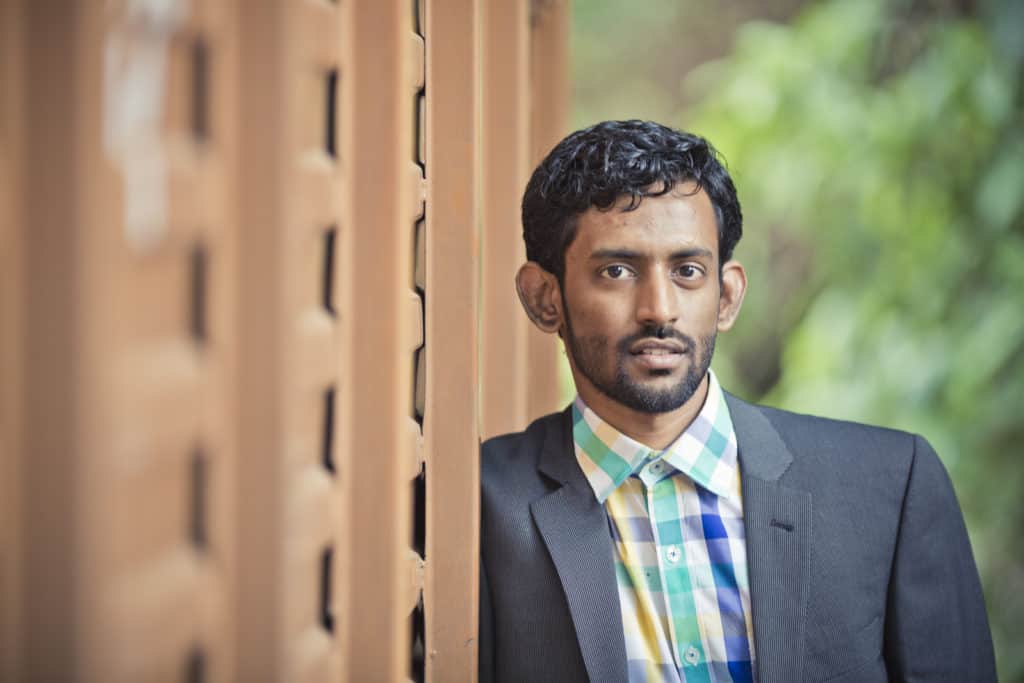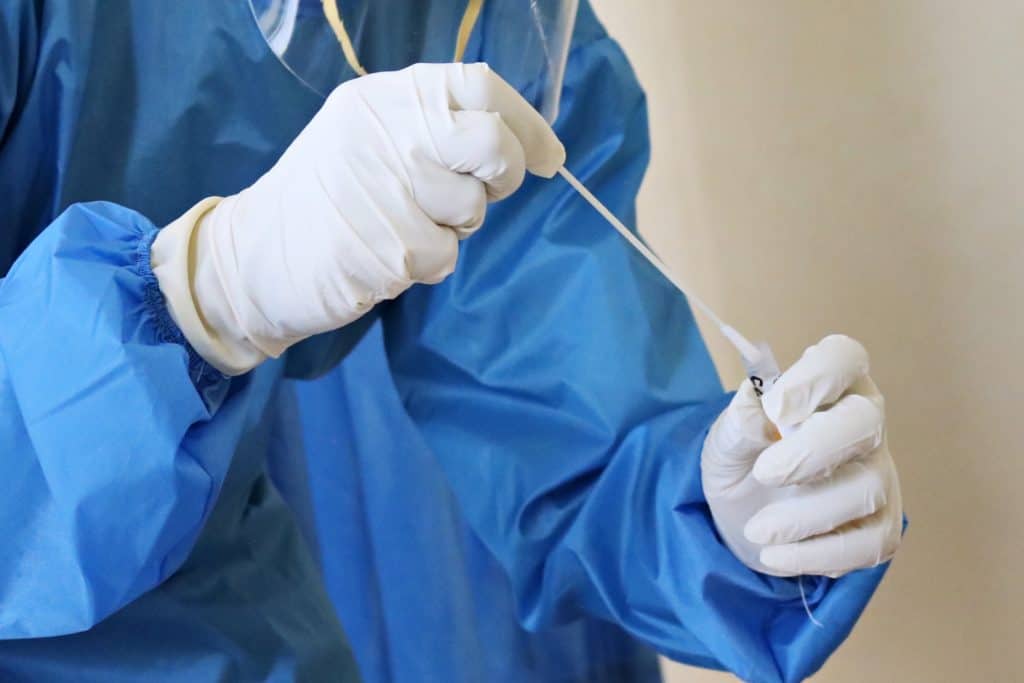About five years ago, Manoj Gopalkrishnan, a professor at the Indian Institute of Technology (IIT) Bombay, heard about the Middle East respiratory syndrome coronavirus or MERS-COV outbreak.
He read news stories discussing the shortage of testing kits and wondered if pooling as a form of testing, where samples are mixed together in a batch and only tested further if the combined sample tests positive, could be used to accelerate testing. But back then, the idea only remained in his head.
In early 2020 as COVID-19 virus raged across the world, Manoj saw that once again there was a shortage of tests. But this time there was a lot more interest in sophisticated pooling methods. Manoj onboarded his PhD student Sabyasachi Ghosh, mathematician colleague Ajit Rajwade, and several other volunteers at IIT Bombay to use mathematical modelling and develop an algorithm that could set rules on how to pool samples for large-scale screenings.
Tapestry Pooling, the initiative that emerged, is today a finalist in the Open Innovation Track of the $500,000 XPRIZE: a worldwide COVID testing competition.

How it works
Manoj explains their method with an analogy: the problem of testing, he says, is like finding a needle in a haystack.
Labs receive thousands of samples that may have to be individually tested to determine who is infected. One method is to go through the haystack blade by blade till you find or don’t find a needle, i.e., an infected patient sample. Or you can perform an exponential search using polymerase chain reaction (PCR). But as large populations are infected with COVID-19, the problem, according to Manoj, is not of diagnosis or of finding one needle in a haystack but identifying which haystacks or pooled samples have needles.
Dorfman technique is a widely used method of testing samples. Under this technique, an equal number of samples are pooled and tested once. If the pool or group tests negative, it is understood that all samples test negative. But if it tests positive, each sample in that group is retested individually.
Manoj’s team is asking if all the tests could be performed in one round. Under Tapestry pooling, samples are mixed in different groups and tested simultaneously to identify positives.
Tapestry has also released an Android application that can help labs implement their testing protocol. Shampa Singh, former volunteer and now Product Manager with Tapestry, has been involved in collecting information from testing centres to help build this protocol. “We conducted surveys to understand their end-to-end testing process: how many samples were they collecting, how many were positive, what kind of equipment did they have, were they following manual or automatic processes,” Shampa says.
Shampa designed a questionnaire and a team of volunteers began to call up testing centres to collect answers. Meanwhile, Manoj’s team conducted pilot studies at the Harvard Medical School and InStem Bangalore using synthetic RNA.
Results of their pilot study show that Tapestry “accurately identifies the status of each individual sample with a single round of testing in fewer tests than simple two-round pooling.”

Implementing the method
But when volunteers began to talk to testing centres about implementing their protocol, they realised that the Android app wasn’t quite useful to centres used to working on spreadsheets, so they started to build a web app.
Shampa explains that the testing centres were aware of pooling methods. But large-scale pooling is challenging. If a thousand samples have to be tested, they can either be individually tested or pooled to perform 100 reactions. “In each sample, say, 10 individuals’ RNA is added. Person one’s RNA may be in vial 1, 2, and 3, so unless all are positive, we can’t say person one is positive. Similarly for person 2 to person 1000. Labs cannot do this manually, which is where Tapestry’s system of pooling comes in,” Shampa says.
The team created a dashboard where the labs can enter their testing parametres such as number of samples and prevalence rate (proportion of a population that has the disease) while the algorithm configures a pooling matrix and runs the tests. It took Tapestry three months to build this web app, Akanksha Vyas, who was involved in the process, says. “We had to figure out how we could provide pooling instructions simply and efficiently without being prone to errors,” she adds.
But apart from the matrix that helps testing centres pool samples and trace it back to the individual through patient ids or numbers, Tapestry also worked on improving existing pipetting techniques through multi-channel pipetting, Shampa says. Pipetting is a lab technique of measuring and transferring small amounts of liquid using a slender tube called a pipette. “This was done to optimize the testing process and save time.”
Tapestry claims that its pooling is “beneficial for screening large populations at low prevalence (< 1%), where it performs up to 10 times better in terms of savings than the simple pooling strategy which is conventionally used for this purpose”. They have reported these results after a study of “pooled RNA extracted from patient samples that were previously tested for Covid19”. But there’s no large scale deployment of their methods yet.
Creating the algorithm and web app, Manoj says, has been easier than receiving regulatory approvals. As they await a nod from The Central Drugs Standard Control Organisation (CDSCO), Tapestry is planning to initiate a field study at IIIT Hyderabad through an internal clearance from the institute’s ethics committee. “Now that the vaccine is here, the prevailing attitude is that the pandemic is over. But phase IV trials of vaccines are left. At such a time, the need for a large-scale testing system becomes very important,” Manoj says.
Tapestry might not be recognised by Indian regulators, but they are the only Indian team to reach the finals of the XPRIZE. The global competition has given further impetus to their work; and they are now initiating talks with multiple institutions from IIT Jodhpur to the Indian Institute of Science. But without regulatory approvals, Tapestry’s efforts of improved mass testing might remain unrealised.